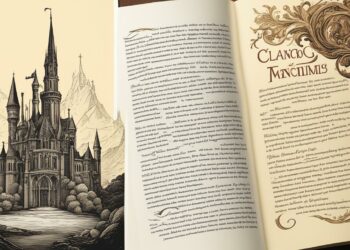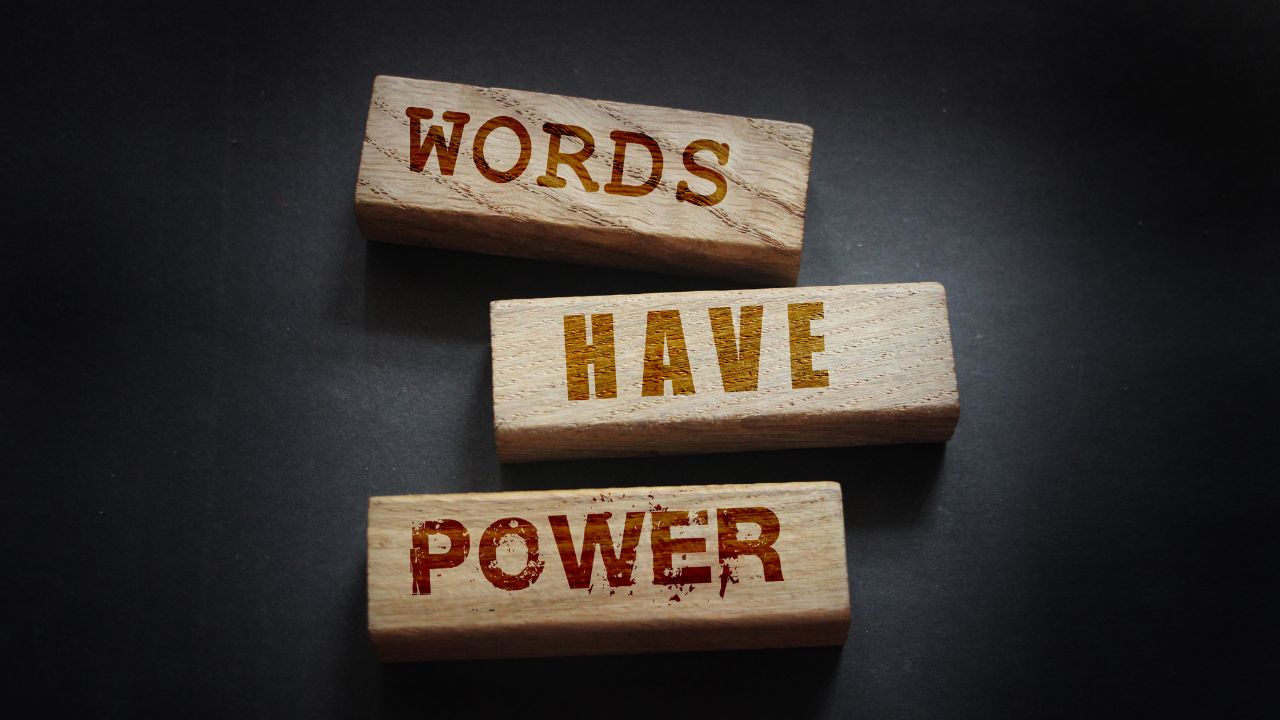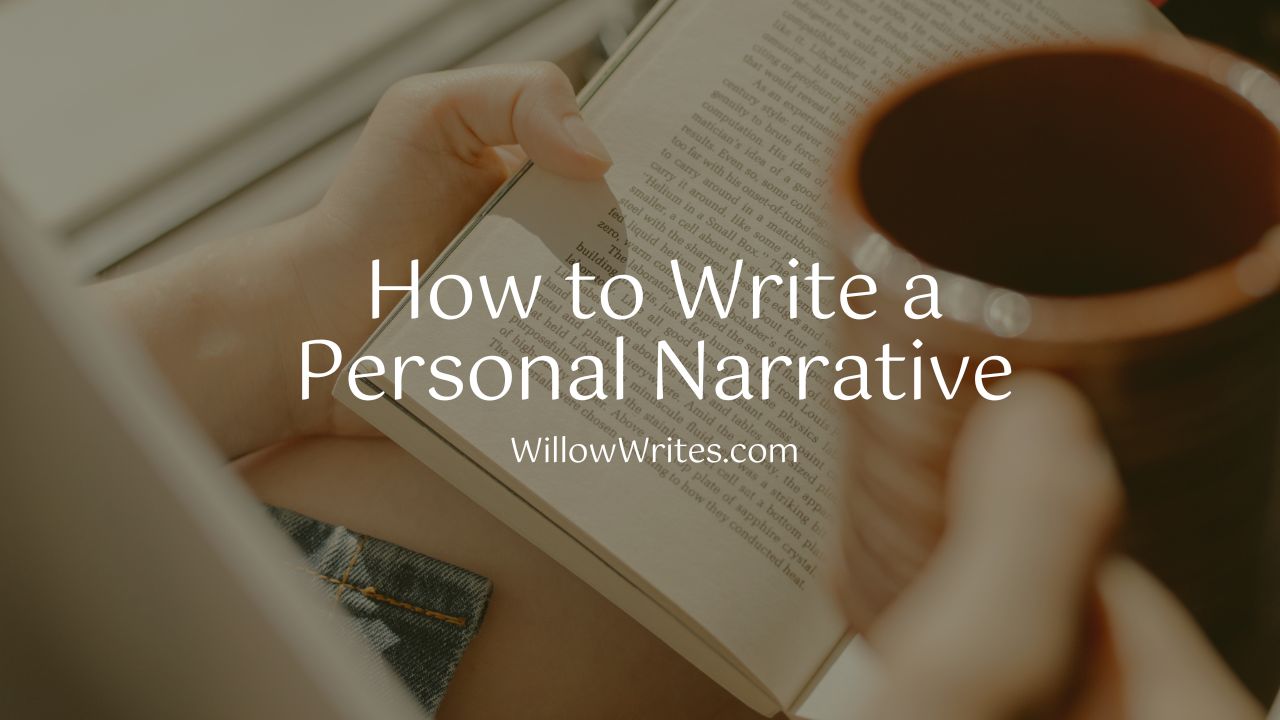What if the objects and images in a story had more meaning than we’ve been led to believe? Symbolism in writing turns simple things into powerful tools. It adds depth and richness to stories. By understanding symbols, we can appreciate stories more deeply.
Symbolism lets authors share complex ideas in a way we can relate to. Writers use both common and personal symbols to connect with readers. Check out this insightful piece for more on using symbolism in your stories.

Key Takeaways
- Symbolism goes beyond the obvious, making stories richer.
- Knowing both common and personal symbols makes stories better.
- Using symbols adds feelings to characters.
- Motifs help tie themes together in stories.
- Choosing symbols wisely keeps the story clear.
Understanding Symbolism: Defining the Concept

Symbolism is a key tool in literature that gives deeper meanings to objects, actions, or characters. It turns simple things into powerful symbols. This way, writers can share complex ideas and feelings in their stories.
There are many types of symbols in literature. Universal symbols mean the same thing everywhere. For example, a dove often means peace and hope. But, some symbols are special to certain cultures, giving readers unique insights.
Using symbols in stories adds depth and connects with readers on an emotional level. A good symbol can make you feel something, make you think, and make you wonder. This makes stories more engaging and understanding symbolism is key for writers.
The Importance of Symbolism in Literature
Symbolism in literature is key to sharing deeper meanings and making reading more engaging. It lets writers talk about complex themes and feelings indirectly. This makes readers think more deeply about what they’re reading.
Symbolism links characters’ inner struggles with big social issues. A simple object might mean a lot, making readers think about its role in the story. This makes the story richer and starts discussions about its themes.
Writers use symbolism to make stories that touch on many levels. It ties different parts of a story together, making it more enjoyable and deep. Symbolism lets readers find their own meanings, showing how literature is both art and a source of deep thoughts.
Common Types of Literary Symbols
Literary symbols are key to making stories richer. They can mean many things, each adding to the reader’s experience. Natural symbols like seasons can show change or new starts. Spring often means new beginnings, while winter can symbolize death or sleep.
Conventional symbols also have deep meanings. A heart usually stands for love, understood across the world. Writers use these symbols to connect with readers. They add layers of meaning by placing them in stories.
Personal symbols come from specific characters or situations. They need close analysis to understand their importance. For example, an object might be very important to a character, showing their past or feelings.
The table below shows different symbols, their meanings, and symbolism examples:
| Type of Symbol | Meaning | Examples |
|---|---|---|
| Natural Symbols | Representing natural cycles or elements | Seasons, animals, landscapes |
| Conventional Symbols | Widely accepted meanings in society | Heart (love), dove (peace) |
| Personal Symbols | Specific meanings for characters | A locket, a diary |
Knowing about these symbol types helps readers enjoy literature more. Using types of symbols makes stories richer. It also makes readers think deeper, truly enjoying the storytelling art.
Symbolism in Writing: Techniques for Effective Use
Writers looking to improve their skills can learn a lot from using symbolism. Symbols connect deeply with readers and add depth to stories. By analyzing symbols, writers can share complex ideas that touch both personal and universal feelings.
Strategies to Identify Powerful Symbols
Starting with symbolism means finding symbols that come from the story itself. Writers should notice things that keep showing up, as these often have deeper meanings. Here are some tips to spot these symbols:
- Observe Context: Look at settings, objects, and actions in the story. What do they mean in the story’s world?
- Look for Repetition: Symbols that show up a lot are important. Find patterns that link to the story’s themes.
- Engage with Personal Experiences: Think about how your own life affects how you see symbols. Use symbols that reflect your own stories.
Utilizing Universal Symbols to Convey Deeper Messages
Universal symbols can reach people from all backgrounds, making them great for writers. Using these symbols can share deep ideas without needing a lot of explanation. Here are key points to keep in mind when using universal symbols:
- Identify Common Archetypes: Knowing archetypes helps readers connect. Symbols like light and darkness often mean knowledge and ignorance.
- Incorporate Cultural References: Using folklore or mythology can bring rich images and touch a wide audience.
- Create Emotional Connections: Symbols tied to feelings, like a heart for love or a broken mirror for broken dreams, make readers feel more involved.
By learning these techniques, writers can make their stories more powerful with symbolism. Exploring and analyzing symbols pulls readers deeper into the story. This turns simple tales into deep experiences that stay with readers long after they finish reading.
| Technique | Description | Purpose |
|---|---|---|
| Observe Context | Analyze various narrative elements within the story’s backdrop. | Uncover underlying meanings and connections. |
| Look for Repetition | Identify symbols appearing multiple times throughout the narrative. | Establish patterns and key themes. |
| Engage with Personal Experiences | Draw from personal backgrounds to identify meaningful symbols. | Create authenticity in the narrative voice. |
| Utilize Universal Symbols | Employ familiar symbols recognized across cultures. | Enhance message clarity and relatability. |
| Create Emotional Connections | Link symbols to universal emotions and experiences. | Foster deeper audience engagement with the narrative. |
Examples of Symbolism in Famous Literary Works
Symbolism adds depth to stories, making them more engaging. Many famous authors use symbols to express complex themes and feelings. This makes their works more meaningful.
Exploring Edgar Allan Poe’s Symbolic Masters
Edgar Allan Poe is known for his deep symbolism. In “The Raven,” a raven symbolizes loss and sadness. The word “nevermore” adds to the feeling of deep grief, showing how grief can last forever.
Such symbolism examples show the deep emotional struggles in Poe’s stories.
Symbolism in the Works of William Faulkner
William Faulkner’s stories often focus on the decline of the South. In “As I Lay Dying,” the Bundren family faces symbols like a decaying mansion and a river. These symbols talk about death, decay, and time moving on.
Such thoughtful symbolism in literature makes readers think about big social issues and personal challenges.
| Author | Symbol | Theme |
|---|---|---|
| Edgar Allan Poe | The Raven | Grief and Loss |
| William Faulkner | Decaying Mansion | Death and Decay |
Through these vivid symbolism examples, Poe and Faulkner show how symbols can deeply convey complex ideas. Their skillful use of symbols helps readers understand deeper themes in literature. This highlights the power of symbolism in storytelling.
How Symbolism Enhances Storytelling
Symbolism is key in storytelling, adding depth and complexity to stories. Authors use symbols to connect the literal and the figurative. This way, they can share themes and feelings in a subtle way. It makes the story connect better with readers, inviting deeper meanings.
Adding symbols to characters, settings, and actions makes stories richer. For example, a character’s journey might show personal growth or big changes in society. A setting can also show the story’s mood. These symbols make readers feel part of the story.
Symbols touch readers on an emotional level, making abstract ideas feel real. This makes readers think about the symbolic meaning in writing. They connect it to their own lives. The story stays with them, making it unforgettable.

| Element | Example of Symbolism | Symbolic Meaning |
|---|---|---|
| Character | Frodo Baggins from The Lord of the Rings | Resilience and the burden of responsibility |
| Setting | The green light in The Great Gatsby | The unattainable American Dream |
| Action | The blood on Lady Macbeth’s hands | Guilt and the consequences of ambition |
Analyzing Symbolism: A Step-by-Step Guide
Understanding symbolism in literature means looking deeper into the text. This guide shows how to spot symbols in stories and what makes them meaningful. By following these steps, readers can improve their symbolism analysis skills. This helps them appreciate how symbols add depth to stories.
Identifying Symbols Within a Narrative
First, find symbols by looking for repeated elements in a story. Writers often hide symbols in plain sight. Here’s how to spot them:
- Look for objects, colors, or characters that show up often.
- Notice actions or events that make you feel something strong.
- Pay attention to descriptions that create vivid images and feelings.
These symbols usually mean more than what they seem. They help explain the story’s theme. Spotting them makes the story richer and opens up new ways to understand it.
Considering Historical and Cultural Contexts
Understanding the context of symbolism analysis is key. Symbols mean different things based on when and where the story is set. To get the full picture, think about:
- The time and place of the story.
- The cultural beliefs and traditions shown in the story.
- How the author’s background affects their use of symbols.
Adding these elements to your analysis helps you see how symbols connect with the story’s themes and characters. This makes your understanding of symbols deeper and richer.
| Symbol | Meaning | Cultural Context |
|---|---|---|
| Light | Knowledge and purity | Often represents enlightenment in many cultures |
| Darkness | Ignorance or evil | Shows a common theme in many stories |
| Water | Life and renewal | Can mean both good and bad in myths |
| Colors (e.g. Red) | Passion or danger | Known for its meaning in art and literature |
Personal vs. Universal Symbols in Writing
In literature, knowing the difference between personal and universal symbols makes stories richer. Universal symbols like the rose for love or the dove for peace are known by many. They help authors share deep themes without needing to explain a lot.
Personal symbols, however, mean different things to different characters. For example, a photo might mean lost love for one character but family for another. This makes the story deeper and lets readers connect more with the characters.
Authors often mix personal and universal symbols to keep readers interested. When a character’s background changes how they see universal symbols, it makes the story more engaging. This can make readers feel closer to the story and their own lives.

Using symbols in stories shows how flexible symbolism can be. By picking the right mix of personal and universal symbols, writers can tell stories that touch readers on many levels.
| Type of Symbol | Definition | Example | Impact on Story |
|---|---|---|---|
| Universal Symbols | Symbols that are widely recognized across cultures. | Water as a symbol of life. | Conveys themes of renewal and hope. |
| Personal Symbols | Symbols that hold unique significance for individuals or characters. | A specific locket belonging to a grandmother. | Represents family ties and nostalgia. |
| Intersection | Where personal and universal symbols overlap in meaning. | A tree that grows through seasons, representing life’s cycles. | Connects individualized experiences to broader themes of existence. |
The Role of Motifs in Symbolism
Motifs are key in symbolism in writing. They are repeated images or ideas that make themes stronger and link different parts of a story. Authors use motifs to create a deep symbolic structure. This makes readers connect more with the story.
Understanding Repeated Symbols Throughout a Narrative
A motif is like a thread in a story, making it richer. It shows emotions and how characters change. Here’s how motifs work in writing:
- Emotional Evocation: Some motifs make readers feel deeply, connecting them to the story.
- Character Parallels: Motifs help compare characters, making their stories more interesting.
- Narrative Arc Contribution: Symbols repeated throughout the story highlight big changes, keeping the plot strong.
Knowing about motifs helps writers tell better stories. It lets them use repetition to make their symbols stronger. Here’s a table that shows how motifs help in storytelling:
| Aspect | Motif Contribution |
|---|---|
| Emotional Impact | Makes readers feel more connected with the story |
| Character Development | Shows how characters change through symbols |
| Thematic Depth | Makes main ideas stronger, adding depth to the story |
| Narrative Progression | Keeps the story moving, driving it forward |
Using motifs makes storytelling better for both writers and readers. It takes symbolism in writing to a higher level.
Interpreting Symbolism: Connecting with Your Audience
Understanding symbolism means knowing how different people connect with symbols in a story. Everyone brings their own life experiences and cultural background to the table. This makes symbols mean different things to each reader.
Writers who use symbolism well make readers think and feel more connected. They invite readers to see things from different angles. This makes the story more engaging and meaningful.
Good writing with symbols makes readers think deeply. It can challenge what they believe or show new ideas. This kind of interaction makes reading more active and personal.
| Impact of Symbolism | Audience Response |
|---|---|
| Emotionally Charged Symbols | Evokes strong feelings, leading to empathy and personal reflection. |
| Culturally Significant Symbols | Enhances relatability for readers from specific backgrounds, strengthening connection. |
| Ambiguous Symbols | Encourages varied interpretations, sparking discussion and deeper analysis. |
| Universal Symbols | Creates common ground, enabling diverse audiences to find shared meaning. |
Seeing the depth in symbols makes stories richer and more engaging. It turns writing into a powerful experience. This way, a wide range of readers can feel connected to the story.
Conclusion
Symbolism in writing is very important. It adds layers to stories, making themes richer and connecting readers deeply with the story. This article showed how symbols can improve a writer’s skills.
Writers should use both personal and universal symbols to make their stories better. By understanding symbolism, authors can make stories that touch readers on many levels. This makes literature more meaningful and lasting.
Learning about symbolism is key for writers who want to tell powerful stories. It helps them connect with readers deeply, creating stories that are unforgettable.
FAQ
What is the definition of symbolism in writing?
Symbolism in writing is when authors give deeper meanings to things like objects, actions, or characters. This lets them share themes and feelings that go beyond what’s on the surface.
Why is symbolism important in literature?
Symbolism makes stories richer, stirs feelings, and makes readers think deeply. It lets writers share complex ideas in a subtle way. This creates a deep and meaningful reading experience.
Can you provide examples of common literary symbols?
Common symbols include nature like seasons for change, and hearts for love. Some symbols are personal and mean different things to different characters or stories.
How can writers effectively use symbolism in their stories?
Writers use symbolism by picking powerful symbols that fit the story. They weave these symbols into the plot to make the story feel more real and deep.
What are motifs and how do they relate to symbolism?
Motifs are symbols that keep showing up in a story. They help make the themes clear. Using motifs helps authors tie together symbols to make the story’s themes and feelings stronger.
How does the interpretation of symbols vary among readers?
People can see different meanings in the same symbol because of their own life experiences, cultures, and how they understand the story. This makes symbolism great for sparking conversations and deep thinking.
What are the key differences between personal and universal symbols?
Universal symbols are known by many and help share themes widely. Personal symbols have special meanings for certain characters or parts of the story. This adds depth to the story.
How can I analyze symbolism in a text?
To understand symbolism in a story, look for symbols and think about their meanings in the story’s world. Consider the history and culture that shape their meanings. This helps you see how symbols work in the story.
Can you mention notable authors known for their use of symbolism?
Famous authors like Edgar Allan Poe use symbols like the raven to bring out feelings of sadness. William Faulkner uses symbols tied to the American South to talk about decay and death.











